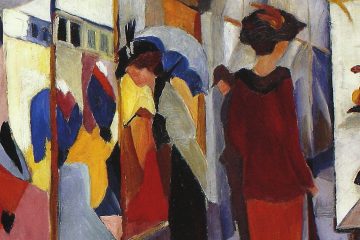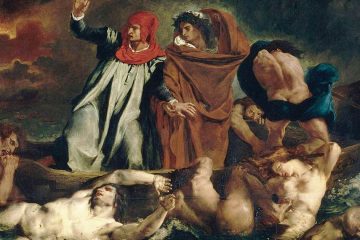Édouard Manet
In the Mind of Great Artists
We could make this publication thanks to small donations. How is 3 minutos de arte supported?
“Conformism is death”
Édouard Manet
Manet actually suffered; he was hurt by violent criticism and constant insults. But he was not going to please everyone by painting what the world was used to.
The subject matter of Monet’s paintings scandalized. We can figure it out when we see that in this painting, for example, there is a naked woman that is not mythological, a woman painted realistically next to men who are dressed.
But, rather than reflecting on the social hypocrisy of the time, which is what the artist ultimately captured on canvas, the public and the critics labeled Manet as obscene, vulgar, and decidedly indecent.
At the same time, Manet also transgressed with his style, his fast technique, and his use of light. For him, there were no lines in nature, only spots of color next to each other (let’s look at the trees and foliage, for example). And this way of painting, which scandalized many, caused the admiration of young people who would be called “Impressionists” the following decade.
As for the main figures in this painting, we see how Manet does not use the usual shades and paints abrupt contrasts between light and shadow. There is no blending between the different planes. The characters appear as if they were cut out, almost without relief and lacking volume, like little figures stuck on a landscape.
But let us observe a wonderful detail: in the part of the work of the basket with the food, the artist uses the traditional perspective, with depth and volume, as if to demonstrate that he paints the way he does not for lack of talent but by choice.
In short, Manet respected neither themes nor traditional forms of representation. He respected no conventions. He was a truly free and nonconformist artist in a constant, ambitious search. And about this search, he confessed: “Every new painting is like throwing myself into the water without knowing how to swim.”
Image: Luncheon on the Grass (1863)
Recommended links:
Olympia (1863) by Édouard Manet.
The First Impressionist Exhibition (1874).
Timeline: Artistic movements from Neoclassicism till the end of the 19th century.
You can also find more material using the search engine.




0 Comments